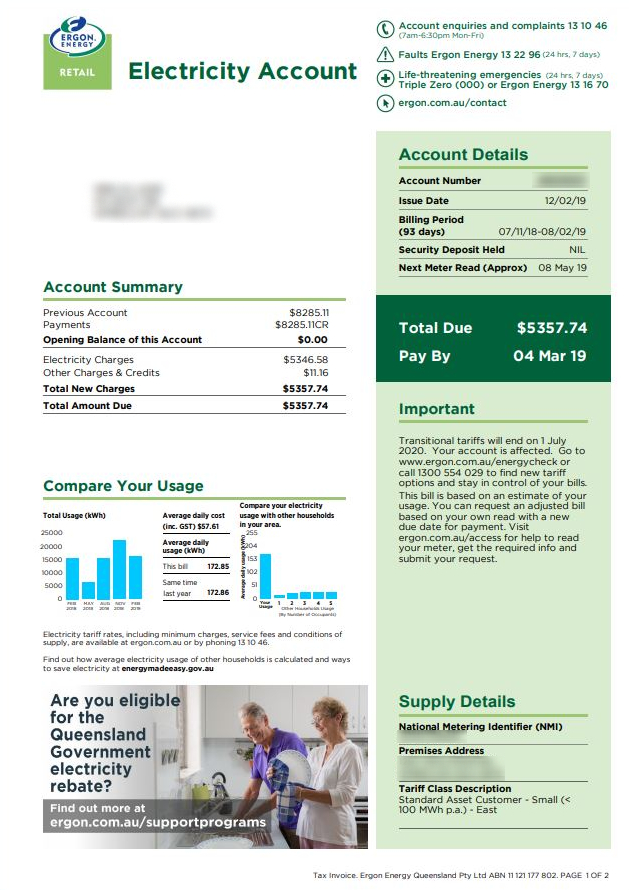
Are you struggling to navigate the nuances of the various Ergon tariffs?
With electricity being an essential part of most businesses, knowing the best tariffs for how you use energy can make a huge difference for the associated costs. With the large number of options available, the best option for your business can be difficult to determine.
On top of everything else businesses need to manage, optimising tariffs can often end up in the ‘too hard’ basket. However, with the announcement of the removal of Ergon farming tariffs in 2021, now is the time to determine what this means for you, and what your options are.
One of the most complex tariffs that will be available for Large Usage Customers (or NMI’s using over 100,000 kWh/year) is Tariff 50. Mastering this tariff will make the other options much easier to understand and assess. To help make Tariff 50 simple, we will run through the most important things to consider before making the change.
Tariff Reclassification
It may sound counterintuitive, but the first thing you should consider is whether you can avoid the tariff altogether. If the NMI you are reviewing is sitting just over the 100,000 kWh/year threshold for Large Usage Customers, consider options for reducing the annual consumption below this amount.
If the NMI annual usage can be reduced below the threshold, you may be eligible to be reclassified to a Small Usage Customer (simpler tariff). This can generally be achieved through energy efficiency measures, shifting load to other connections and/or alternative energy sources (e.g. solar PV).
Seasonality
This tariff applies higher charges for energy usage during summer months (December – February). This is through increased demand charges (for more information on how demand is measured and charged, please review the Ergon Energy website). If your business has downtime or lower energy consumption during summer months, this tariff may be a good option.
Low Usage Rate vs. High Supply Costs
The consumption charge, or the $/kWh rate, is lower on this tariff when compared with most other tariffs. However, the daily supply charges are significantly higher. If your site uses a significant amount of energy, this lower rate may compensate for the increased supply charges.
Overall, consider how seasonal your operations are. If there is too much consumption in summer, you may need to consider other options. If the NMI you are evaluating uses energy close to the large customer threshold, consider steps to reduce it below and have it reclassified. The first step can be achieved easily by gathering past records of bills to determine your annual consumption per NMI or connection point.